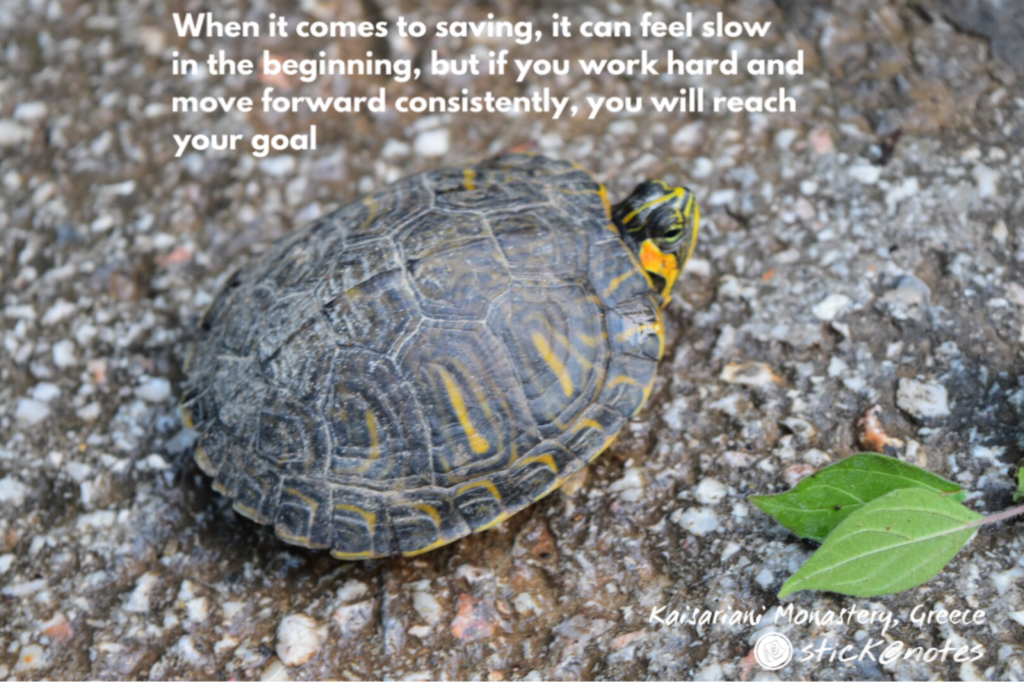Who Wants To Be A Millionaire?
Who doesn’t? Money can’t buy happiness, but it sure helps us get through some tough situations a little easier, and a little less stressful.
The problem is, our society does not instill the importance of setting money aside for saving, let alone investing. We are taught at school and at home to go for higher education to make more money. But sadly, we are hardly educated to manage the money we earn and be financially savvy.
We often hear people making six figure income but still living paycheck to paycheck. When we are not financially conscious, it is easy to spend all or more than we make.
Social media certainly doesn’t help. We tend to compare ourselves to what we see out there in the society. Everyone seems to have all the fun and the nicest things; and we tend to jump into the bandwagon to follow the trend. It is easy to spend extravagantly on traveling and dining out, or buying those expensive bags or shoes.
How Do We Start?
Most people think setting aside money to save and invest is not feasible because they don’t make enough. That is not true. All we need is discipline, patience, and commitment, and let the power of growth and compounding work for us.
The easiest way to save is to automatically set aside money from our paycheck to a separate saving/investment account. This way we don’t spend the money we don’t see. If we contribute to a company sponsored 401K plan, the benefit extends to paying lower tax as the money we contribute to a 401K plan is deducted from our total income. Some companies even match the first 5 – 6% of our contributions, this is like free money going to our retirement account which is too good to pass.
Consistency Over Time Is The Key
The question is, how much to set aside and contribute to our 401K or other investment account? The best way is to start with a minimum of 6% of our salary or income, and then work our way up to 15% or more. To illustrate this, assuming a reasonable long term rate of return of 9% annually, for those who make $30,000/year, setting aside 6% and 15% each paycheck takes 50 years and 40 years, respectively, to amass to a million dollar. With $75,000/year salary and setting aside 6% and 15% each paycheck takes 34 and 24 years, respectively. This example shows that despite income level, it is very possible to be a millionaire when we save and invest consistently over a period of time.
Another question is, how soon do we want to reach that goal? The choice is in our own hands. When it comes to saving, it can feel slow in the beginning, it is therefore important to start as early as possible. The more we set aside consistently, the sooner we reach our goal through the power of compounding.

